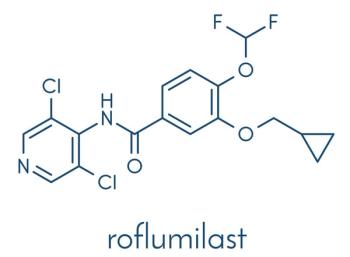
Lichen Planus Manifesting with Lingual Burning and Stinging
Lichen planus is characterized by flat-topped, polygonal, purple pruritic papules that have a predilection for flexor aspects of the wrists and forearms, sides of the neck, thighs, shins, and lower back. Lesions on the oral mucosa appear as white, lacy patches.
Lichen planus is characterized by flat-topped, polygonal, purple pruritic papules that have a predilection for flexor aspects of the wrists and forearms, sides of the neck, thighs, shins, and lower back. Lesions on the oral mucosa appear as white, lacy patches.
Most affected patients are between 30 and 60 years of age; the condition is equally prevalent in both sexes. The cause of lichen planus is unknown; the latest theory holds that the condition represents an alteration in T-cell function. An increased incidence of lichen planus is seen among persons with diabetes and those with abnormal glucose tolerance. Urolithiasis also has been associated with this disorder.
Obtain a complete drug history from your patient, since several agents have been reported to produce lichen planus. Among these are gold, antimalarial agents, and some diuretics. Lichen planus may resolve when these agents are discontinued.
Topical corticosteroids, anti-itch lotions, and antihistamines are the mainstays for treatment of most mild cases of lichen planus. Reserve systemic treatment (eg, corticosteroids, retinoids) for severe or refractory disease. Topical corticosteroids that are indicated for intraoral use can be effective for symptomatic disease of the oral mucosa.
Consider a referral to a dermatologist if the condition does not respond to therapy.
Newsletter
Enhance your clinical practice with the Patient Care newsletter, offering the latest evidence-based guidelines, diagnostic insights, and treatment strategies for primary care physicians.
























































































































































































































































































